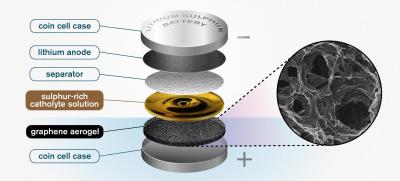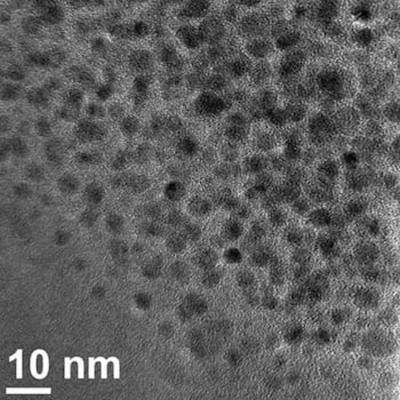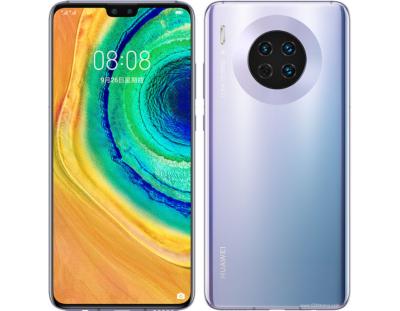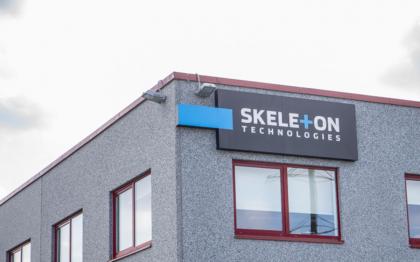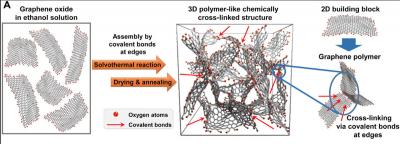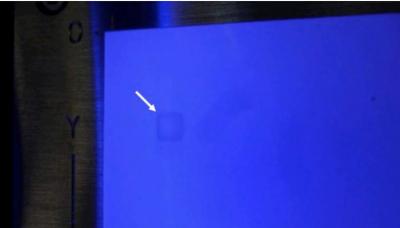US Navy finds Skeleton's graphene-enhanced supercapacitors outperform competitors for transient load applications
A study led by John Heinzel from the US Naval Surface Warfare Center in Philadelphia, along with researchers at the University of Texas at Arlington, has compared the performance of supercapacitors from four different manufacturers: Maxwell, Ioxus, JM Energy, and Skeleton. Of the four tested, only the Skeleton supercapacitors are graphene-enhanced.
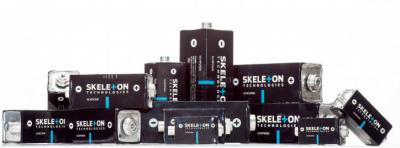
The team studied cells from the four different manufacturers under high pulsed load conditions to measure their power density into low-impedance loads. The researchers found that the Skeleton cell far outperformed the other cells tested, and graphene was mentioned as the probable cause for this efficiency.
